FANS in blue India jerseys shed tears of joy and danced on tabletops at a sports bar in New Delhi on Saturday (29) as Rohit Sharma's team edged South Africa to win the T20 World Cup and end a global title drought.
India won a thrilling final by seven runs in Barbados to clinch their first major title since the 2013 Champions Trophy.
India last won a World Cup in 2011 at home under M S Dhoni, who earlier led the team to a T20 World Cup trophy in the inaugural edition in 2007.
Star batsman Virat Kohli played a knock for the ages in his 59-ball 76 to guide India to 176-7, a total their bowlers defended by restricting the Proteas to 169-8.
"It's an out-of-the-world feeling," Abhishek Bhagat, a 34-year-old software professional on a visit to Delhi from Belgium, said outside the sports bar.
"I experienced it as a child in 2007 and then again in 2011 and now again in 2024. It's been a long, long wait and I can't tell you how much fun we will have."
Kohli, 35, announced his retirement from international T20 matches in his man-of-the-match speech, and Bhagat said: "King Kohli is a player who performs when it matters."
Another fan, Rajneesh Duggal said: "It's a proud moment for every Indian. It is a fitting finale for outgoing coach Rahul Dravid and for Kohli. Hope Rohit stays on."
However, Rohit also called it quits from T20 matches for India soon after Kohli's announcement as Indian cricket suffered two major shocks after the triumph.
Thousands of fans took to the streets and drove past the iconic India Gate shouting "Long live India" slogans from their cars and bikes.
South Africa required 16 runs to win after Heinrich Klaasen had put them firmly on course in reply to India’s 176 for seven by smashing 52 from 27 balls including five sixes.
David Miller hit the first ball, a full toss from Hardik Pandya, hight down the ground but Suryakumar Yadav raced around the long-off boundary, knocked the ball into the air, toppled over the ropes and stepped back to complete a stunning catch.
Two boundaries from the final two balls would still have led to a Super Over with the scores tied but Kagiso Rabada was caught off the fifth and the match was over as jubilant Indian supporters swarmed on to the ground.
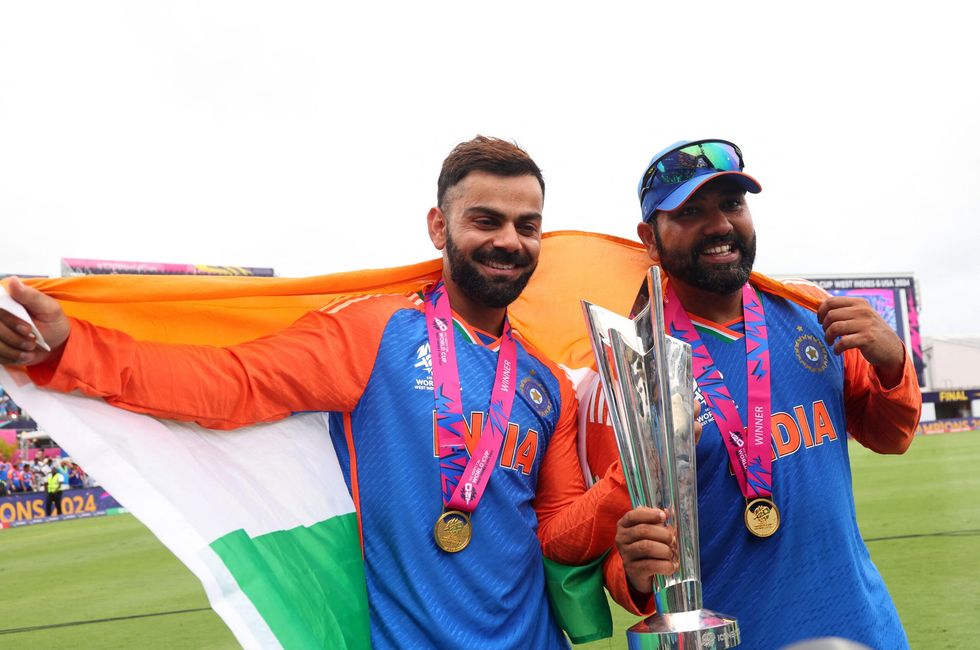
After Rohit Sharma had won the toss and opted to bat, Virat Kohli finally recaptured his best form with 76 from 59 balls.
After scoring only 75 runs in seven knocks at the tournament, Kohli first anchored the innings after India had lost their top three wickets cheaply before accelerating.
Kohli signalled his intent by striking three boundaries in the opening over from paceman Marco Jansen but South Africa struck back immediately through left-arm spinner Keshav Maharaj.
Maharaj dismissed Rohit for nine and had Rishabh Pant caught by Quinton de Kock for a duck off another mistimed sweep.
Suryakumar (three) lofted paceman Rabada to the square leg boundary where Klaasen took a comfortable catch and after the powerplay India were reeling on 45 for three.
Left-hander Axar Patel lofted the first six of the match over mid-wicket in the eighth over as India sought to accelerate, reaching 75 for three at the halfway stage.
Axar was run out for 47 when De Kock threw down the stumps at the bowler’s end with the batter centimetres short of his ground.
Shivam Dube slapped a six and a four and Kohli brought up his half century from 44 deliveries.
Kohli was now in full flow, smashing Jansen for six before being caught by Rabada trying another hit over the boundary.
Bumrah magic
Jasprit Bumrah, India’s strike bowler, almost inevitably struck in his opening over when he clean bowled Reeza Hendricks.
De Kock, however, went on to the attack, taking a four and a six off Kuldeep Yadav and he kept South Africa up with the required run rate to reach 39 from 31 balls when he swung left-arm paceman Arshdeep Singh straight to Kuldeep at fine leg.
Klaasen’s pugnacious innings put his team within sight of victory with 22 runs required off 18 balls when Rohit turned to Bumrah to bowl his final overs.
Bumrah responded by bowling Jansen for two while conceding just two runs to finish with two for 18 in another magnificent spell of bowling.
India have faltered in the knockout stages of International Cricket Council (ICC) events, despite being ranked number one in both T20s and one-day internationals (ODIs) and number two in Tests.
Rohit and his team came agonisingly close to winning the one-day ICC World Cup at home last year but lost to Australia in the final at the world's biggest cricket stadium in Ahmedabad.
News channels repeatedly showed images Saturday of fans holding Hindu fire rituals to urge the gods to take the team to victory over South Africa.
Some featured pictures bedecked with flower garlands of Rohit, who has hit three half-centuries in the tournament, holding the World Cup trophy.
India knocked out defending champions England in the semi-final in Guyana and remained unbeaten in the tournament.
Rohit was part of India's T20 World Cup triumph in the inaugural edition in 2007, while Kohli won the ODI prize under Dhoni in 2011.
That was India's previous World Cup triumph, when Dhoni lifted the trophy at Mumbai's Wankhede Stadium and the country erupted in joy.
Two years later, Dhoni's team beat hosts England in the 50-over Champions Trophy final but fans had to wait for 11 years for another major title.
India lost in the semi-finals of the 2019 ODI World Cup and the 2022 T20 World Cup, before last year's ODI final defeat again left fans heartbroken.
(Agencies)







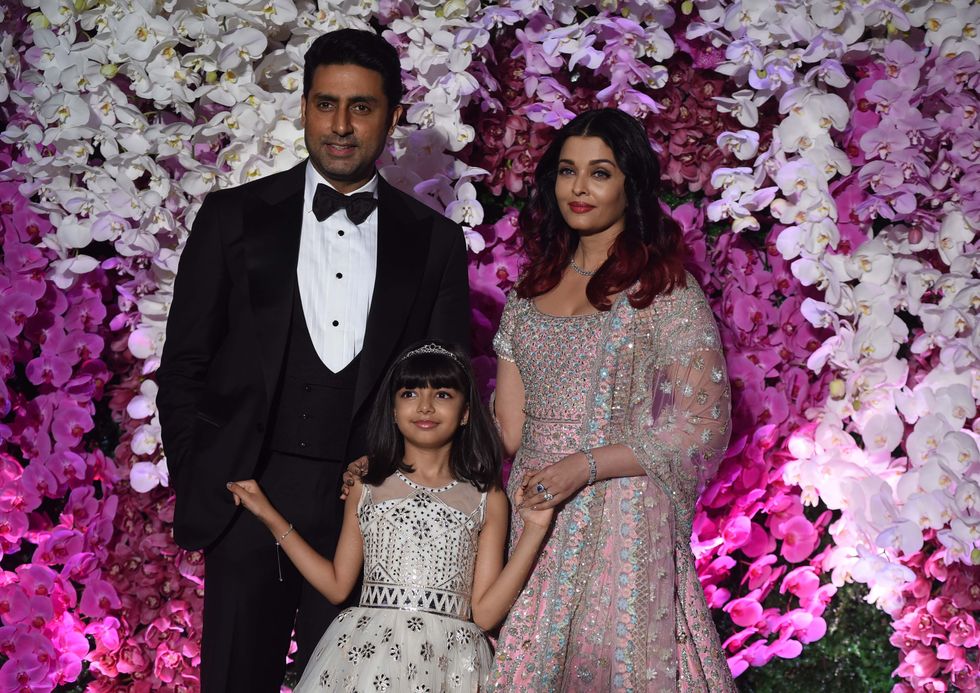 Aaradhya Bachchan has no access to social media or a personal phoneGetty Images
Aaradhya Bachchan has no access to social media or a personal phoneGetty Images  Abhishek Bachchan calls Aishwarya a devoted mother and partnerGetty Images
Abhishek Bachchan calls Aishwarya a devoted mother and partnerGetty Images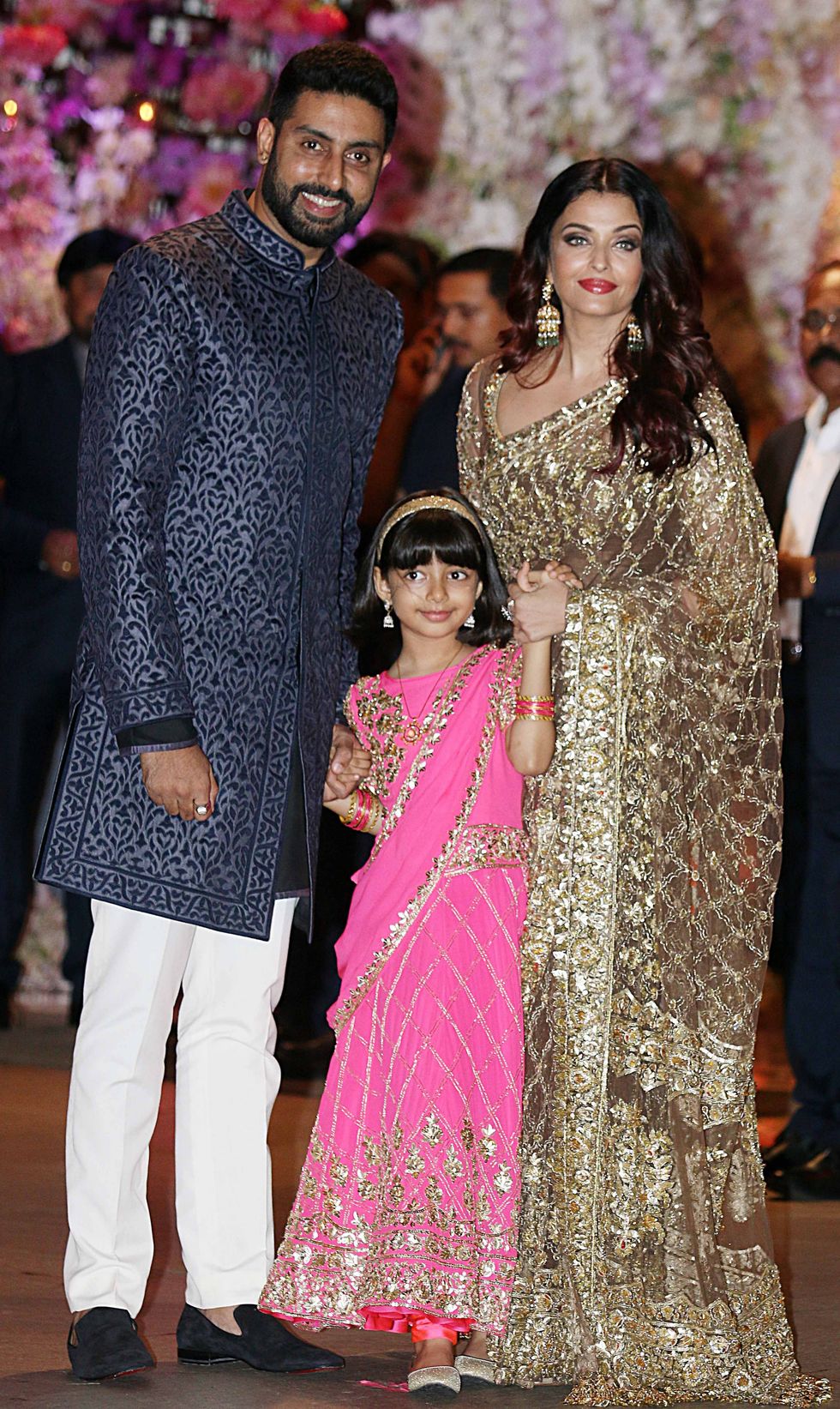 Aaradhya is now taller than Aishwarya says Abhishek in candid interviewGetty Images
Aaradhya is now taller than Aishwarya says Abhishek in candid interviewGetty Images Aishwarya Rai often seen with daughter Aaradhya at public eventsGetty Images
Aishwarya Rai often seen with daughter Aaradhya at public eventsGetty Images









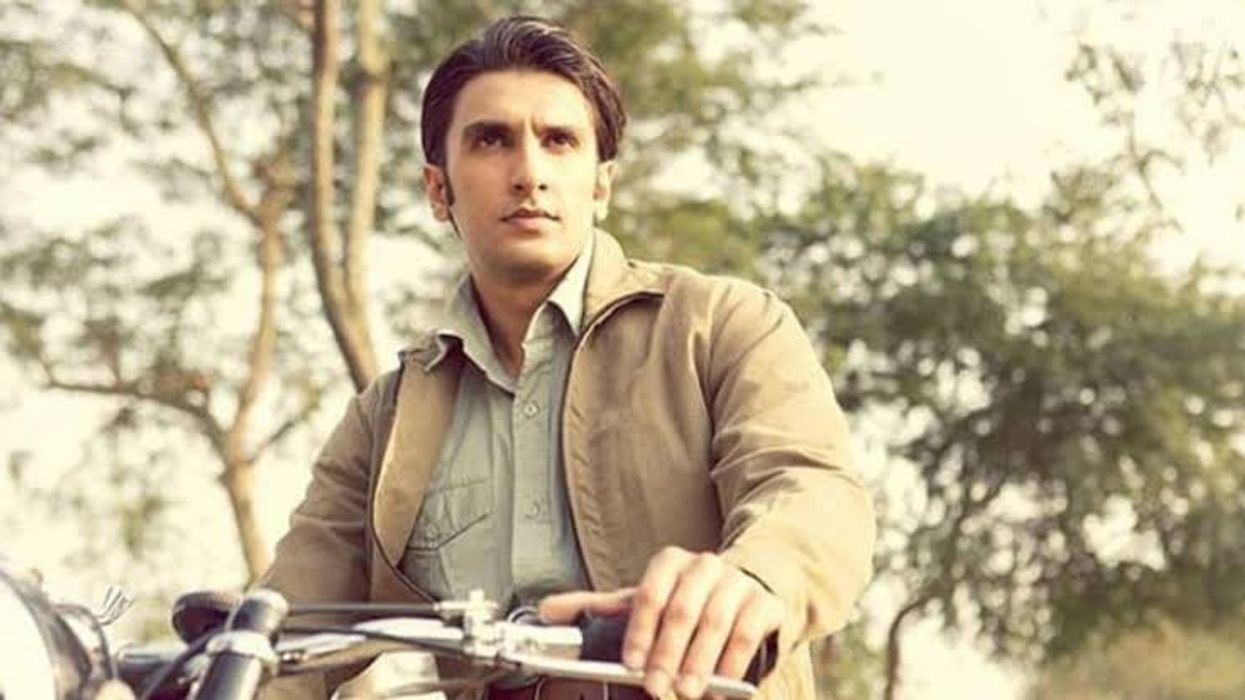
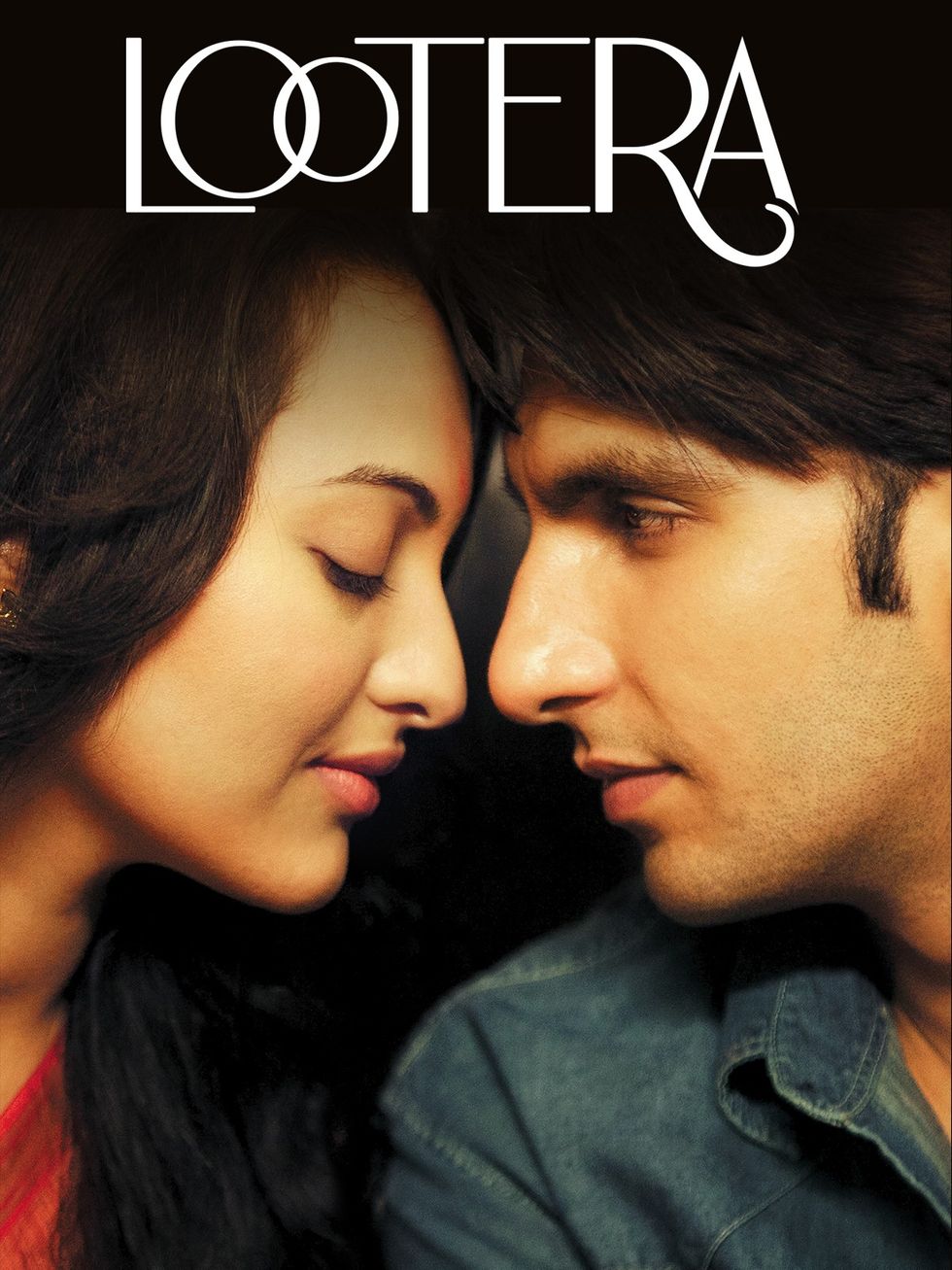 Lootera released in 2013 and marked a stylistic shift for Ranveer Singh Prime Video
Lootera released in 2013 and marked a stylistic shift for Ranveer Singh Prime Video 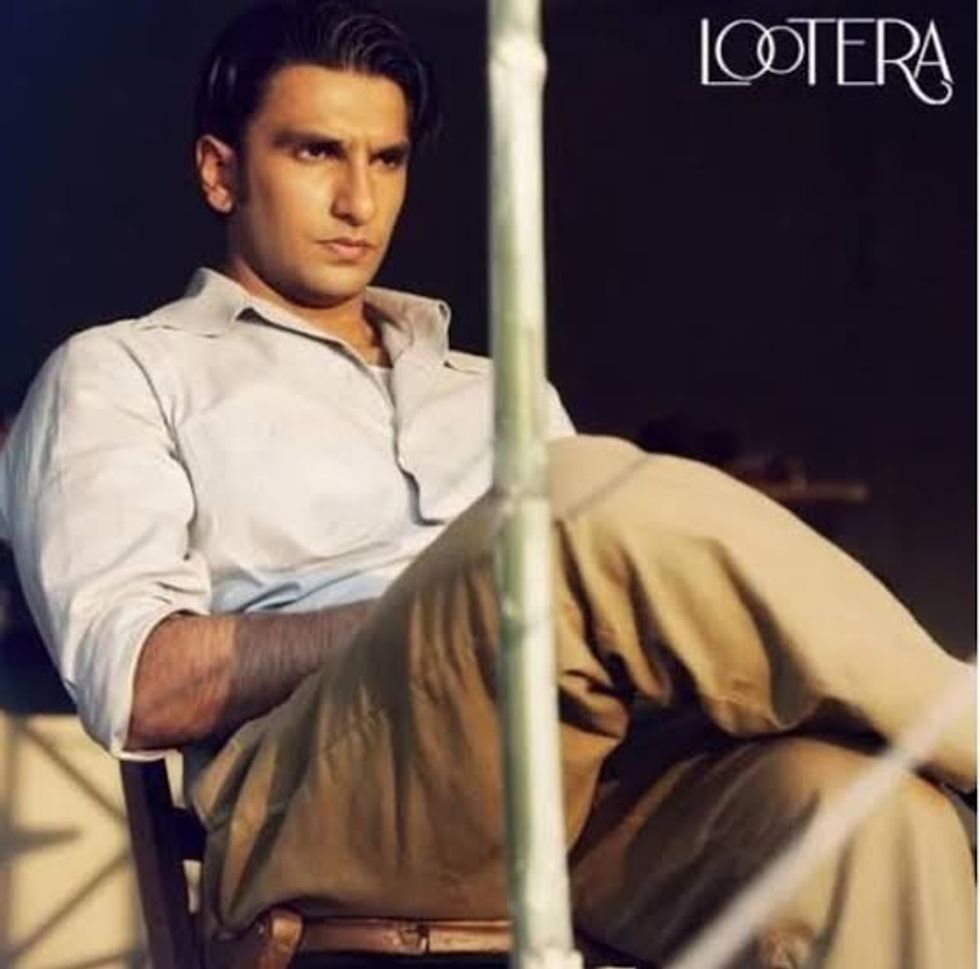 Ranveer Singh’s role as Varun showed he could command the screen without saying much
Ranveer Singh’s role as Varun showed he could command the screen without saying much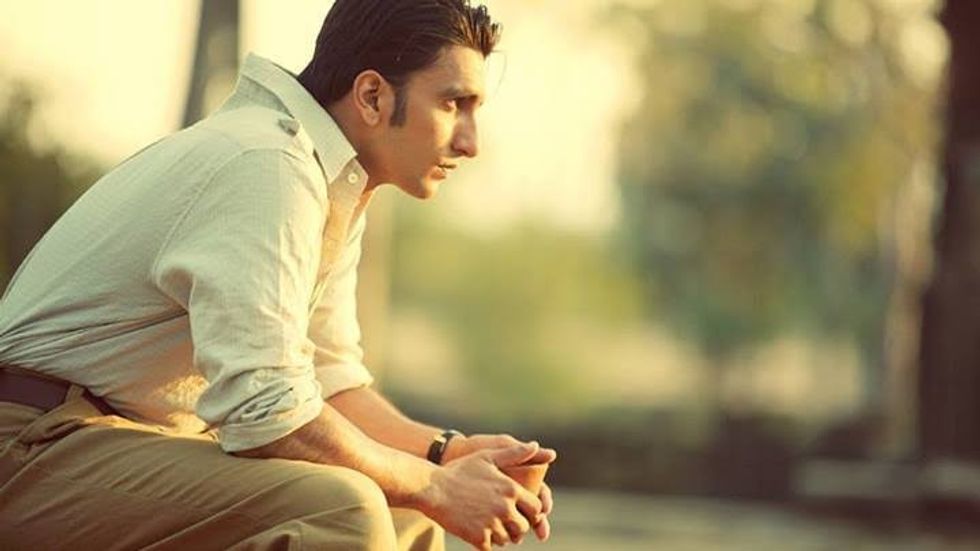 The period romance Lootera became a turning point in Ranveer Singh’s career
The period romance Lootera became a turning point in Ranveer Singh’s career Ranveer Singh’s performance in Lootera was praised for its emotional restraint
Ranveer Singh’s performance in Lootera was praised for its emotional restraint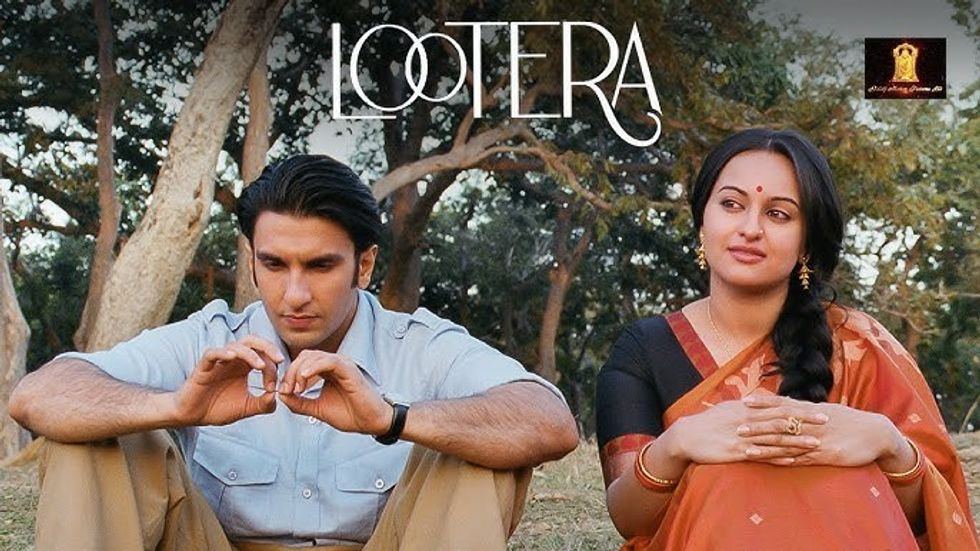 Ranveer Singh and Sonakshi Sinha starred in the romantic drama set in 1950s BengalYoutube/Altt Balaji Motion Pictures
Ranveer Singh and Sonakshi Sinha starred in the romantic drama set in 1950s BengalYoutube/Altt Balaji Motion Pictures  Lootera’s legacy has grown over the years despite its modest box office runYoutube/Altt Balaji Motion Pictures
Lootera’s legacy has grown over the years despite its modest box office runYoutube/Altt Balaji Motion Pictures
